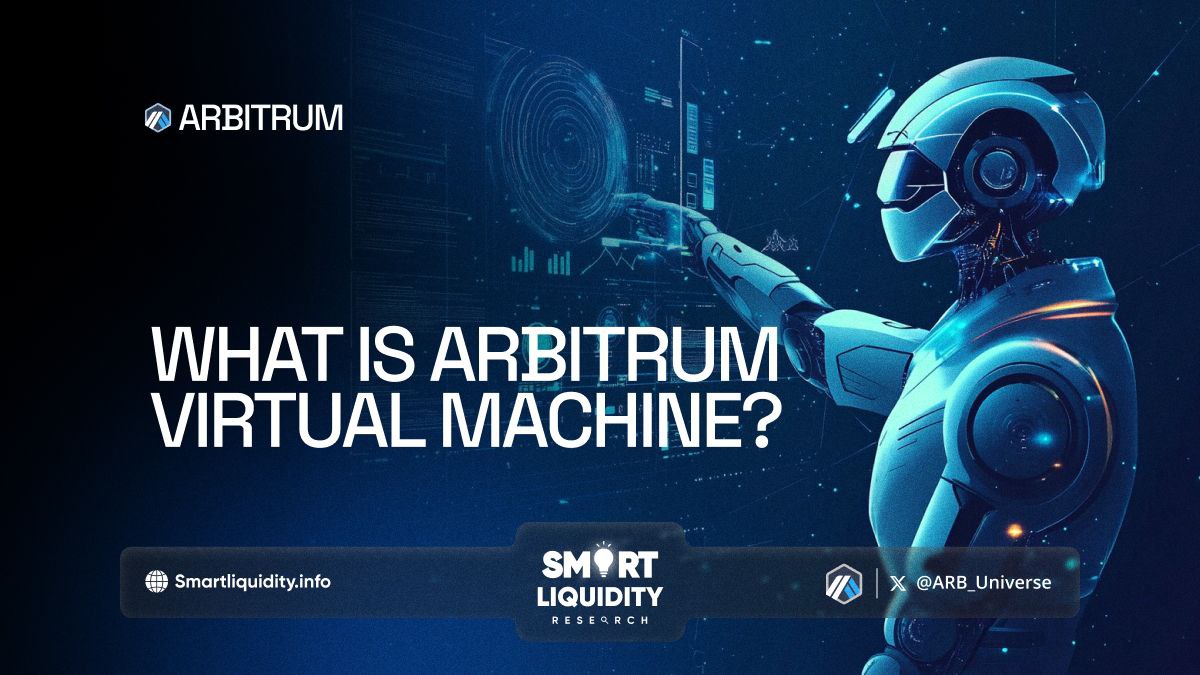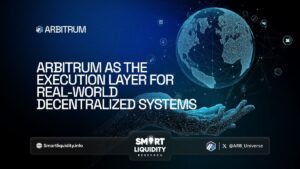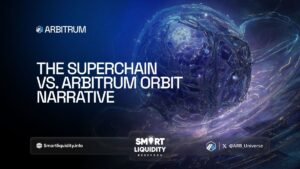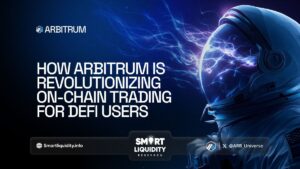What is Arbitrum Virtual Machine?


What is Arbitrum Virtual Machine? In the ever-evolving world of decentralized finance and blockchain technology, scaling solutions play a crucial role in enabling faster, more affordable transactions. One of the most popular Layer 2 scaling solutions is Arbitrum, known for its efficient, secure, and scalable protocol built on Ethereum.
A key component of the Arbitrum ecosystem is the Arbitrum Virtual Machine (AVM), which serves as the foundation for executing smart contracts on the network. But what exactly is the Arbitrum Virtual Machine, and how does it enhance blockchain performance?
Understanding the Arbitrum Virtual Machine (AVM)
The Arbitrum Virtual Machine (AVM) is a unique virtual environment optimized for handling transactions and smart contracts on the Arbitrum Layer 2 network. It acts as a bridge between the Ethereum Virtual Machine (EVM) and the Arbitrum protocol, ensuring that Ethereum-compatible smart contracts can run on Arbitrum seamlessly without any modifications. This compatibility allows developers to deploy existing Ethereum applications on Arbitrum without rewriting code, significantly improving their efficiency and performance.
Key Features of the Arbitrum Virtual Machine
- EVM Compatibility
The AVM is fully compatible with the Ethereum Virtual Machine, which is crucial for widespread adoption. Developers can deploy any Ethereum smart contract directly on Arbitrum, taking advantage of its lower fees and faster transactions while maintaining the security of the Ethereum blockchain. - Efficient Transaction Processing
The AVM uses advanced rollup technology to process transactions off-chain in batches, reducing the load on the Ethereum mainnet. This design results in faster transaction speeds and lower gas fees, making it ideal for decentralized applications (dApps) that require high throughput. - Security through Ethereum
Arbitrum leverages Ethereum’s security model by anchoring its state to the Ethereum blockchain. This approach ensures that even though transactions are processed on the Arbitrum network, they are still secure and trustworthy, as any disputes can be settled on Ethereum. - Optimized for Scalability
The AVM is designed with scalability in mind, allowing Arbitrum to handle a larger number of transactions than Ethereum alone. This scaling ability enables Arbitrum to support more complex dApps, including DeFi protocols, gaming applications, and NFTs, without sacrificing speed or security.
How the AVM Powers Arbitrum’s Ecosystem
The AVM is instrumental in making Arbitrum an attractive solution for developers and users alike. By enabling Ethereum-compatible smart contracts to run more efficiently, it addresses Ethereum’s limitations, such as high gas fees and slow processing times. As a result, projects can migrate to Arbitrum, enhancing the user experience while maintaining compatibility with Ethereum’s ecosystem.
Benefits for Developers and Users
- Lower Transaction Fees
Arbitrum’s Layer 2 solution with AVM drastically reduces transaction fees, making it an appealing choice for users who frequently interact with DeFi platforms or NFT marketplaces. - Enhanced User Experience
The reduced gas costs and faster transactions provide a seamless experience for end-users, encouraging greater engagement with decentralized applications. - Developer Flexibility
With EVM compatibility, developers can deploy their applications with minimal adjustments, reducing the time and cost associated with migrating projects to Arbitrum.
Why Arbitrum and the AVM Matter
The Arbitrum Virtual Machine addresses the limitations of Ethereum, providing a scalable, efficient, and secure environment for running decentralized applications. Arbitrum is emerging as a leading Layer 2 solution, with the Arbitrum Virtual Machine (AVM) enabling developers to create scalable, affordable applications. Its unique features position Arbitrum as essential for Ethereum’s scalability and the future of DeFi.
The Arbitrum Virtual Machine enables developers to create and optimize applications on a secure, cost-effective platform, supporting the growth and innovation of decentralized technologies and facilitating mass adoption in the blockchain industry.




